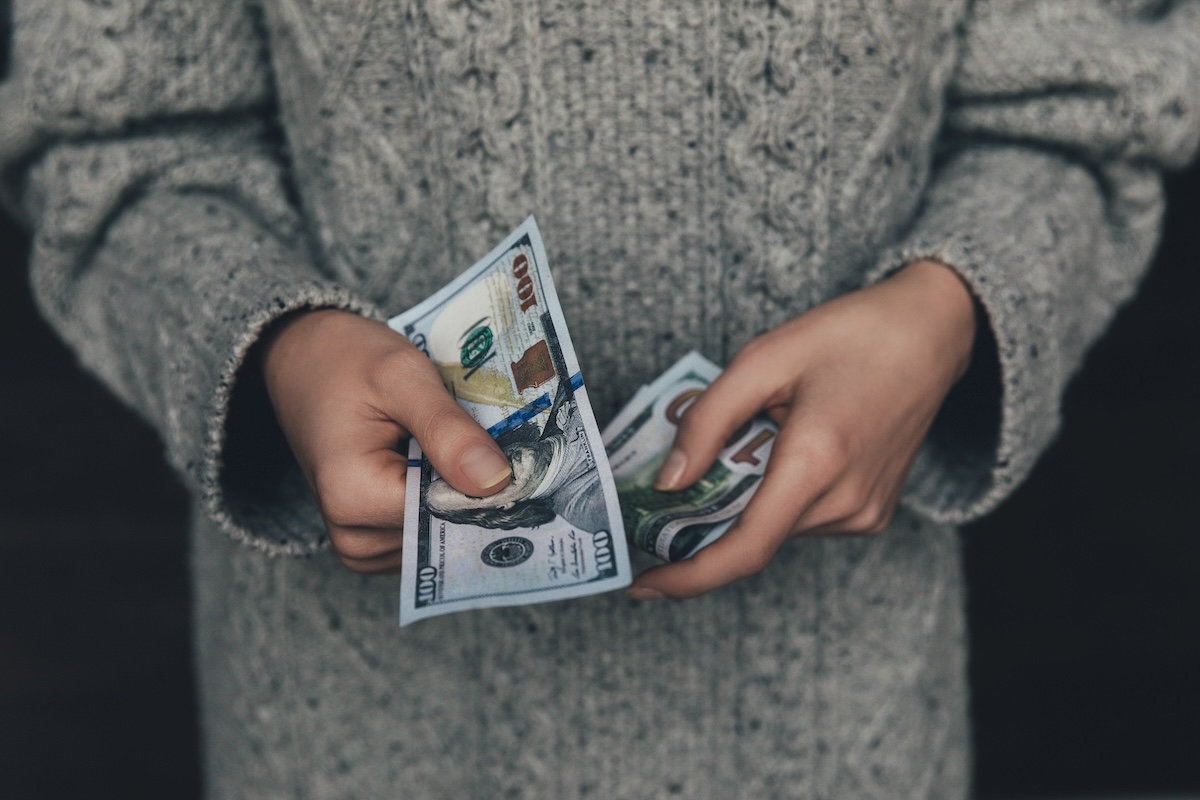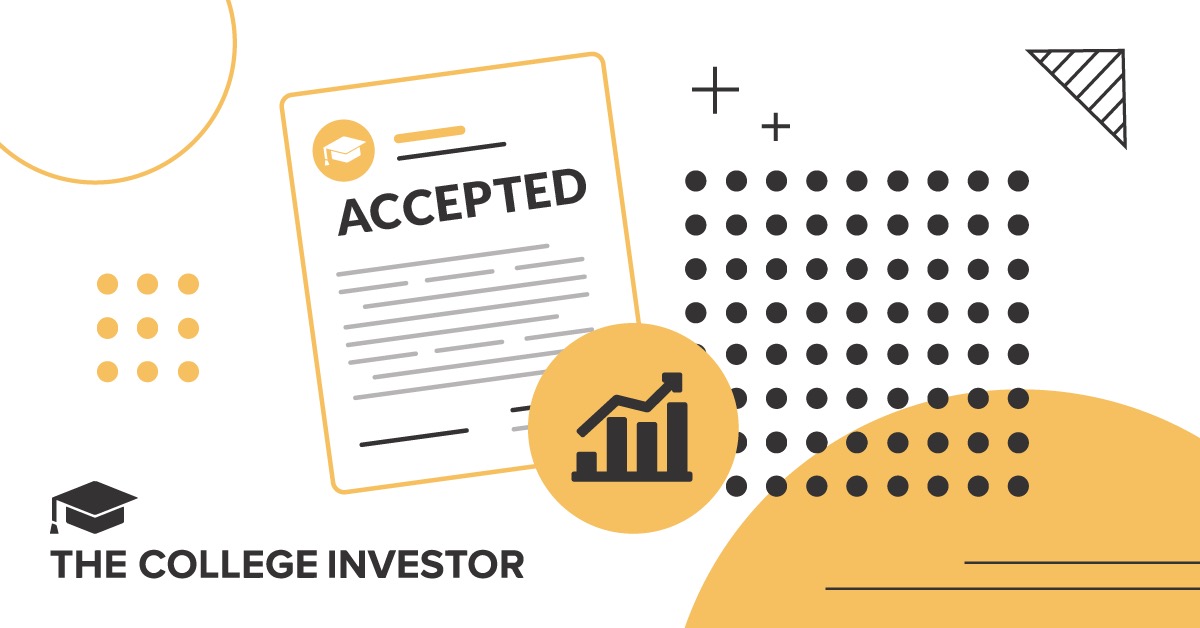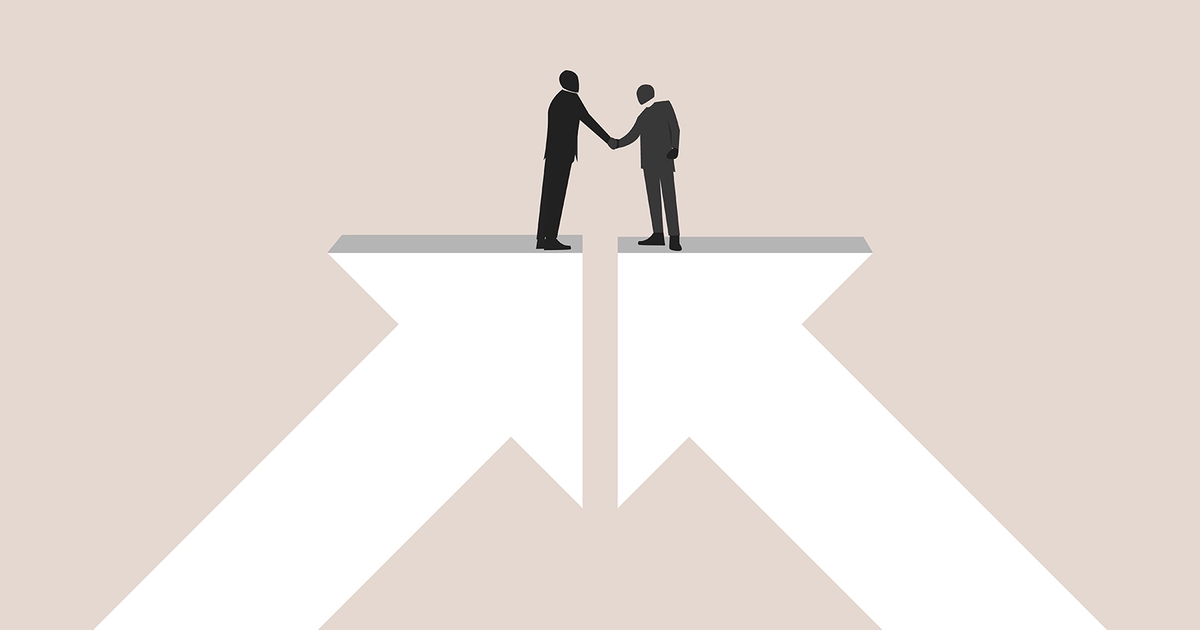Is PSLF Buyback Worth It? What It Will Cost You


The Public Service Loan Forgiveness (PSLF) program requires 120 qualifying monthly payments while working for an eligible employer. But many borrowers are falling short because months spent in deferment or forbearance (even while employed full-time in public service) did not count. This is specifically harmful because of the SAVE forbearance, which found 8 million borrowers in forbearance due to court rulings outside of their control.
The buyback provision was introduced to address this gap. It allows borrowers to make a lump-sum payment covering past periods of deferment or forbearance, effectively turning those months into qualifying payments. For someone sitting at 117 or 118 payments, buyback could push them over the forgiveness threshold.
In theory, it’s a practical fix for years of technical disqualification. In practice, the process is opaque and there’s currently a backlog of 74,000 PSLF buyback requests while the Department of Education is only processing about 5,000 per month.
PSLF buyback is a confusing process.
Eligibility questions. Borrowers can only request buyback if they reach 120 months when the purchased months are included. This means some cannot even start the process until they’re essentially done with “normal” PSLF. Periods before loan consolidation don’t count, and not every type of deferment is eligible.
Unclear status. Once a borrower submits a request, it’s unclear how long it will take and what’s happening. It’s effectively a black box. The only real status markers are hearing from others getting approvals (on forums like Reddit). That’s the only gauge borrowers really have.
Backlogs and delays. As of August 2025, fewer than 10% of pending buyback requests had been processed. Some borrowers have waited close to a year for a response. During this time, they don’t know whether to resume monthly payments or hold out for approval. Furthermore, with a government shutdown, the backlog is only going to grow.
Surprise costs. The buyback amount is typically calculated using the lower of the borrower’s income-driven repayment (IDR) payments before or after the deferment. However, once a borrower goes past 12 months of buyback requests, or if a borrower wasn’t on IDR, the Department may use past tax returns to estimate what payments would have been. Many borrowers end up with higher-than-expected lump sums. And since SAVE was ruled illegal, SAVE is NOT the plan being used to calculate buyback requests. Borrowers are seeing REPAYE be the monthly payment amount.
For some borrowers, buyback is appealing because it can retroactively add qualifying months and close the gap to forgiveness. But for others, it may be faster (and more predictable) to simply resume payments under an IDR plan.
Example: A borrower earning $80,000 wants to buy back 12 months. If their monthly IDR payment is $478, the buyback lump sum would be $5,736. Resuming IDR payments would also cost $5,736 over 12 months – no savings, just different timing.
But if the borrower only qualifies for the older IBR plan at $718 per month (because they were a borrower before June 2014), the 12 payments would total $8,616. In this case, buyback is clearly cheaper.
For borrowers with fluctuating incomes, the math changes. A recent pay cut could mean lower future IDR payments, making buyback less attractive. Conversely, if income has risen, buyback could lock in a lower historical payment calculation.
For many households, the choice between buyback and monthly payments comes down to cash flow and risk tolerance.
The stress of waiting, paired with the lack of clear instructions, has left many borrowers unsure how to plan. Some risk making unnecessary payments, while others risk delays in achieving forgiveness.
The PSLF buyback option is meant to help borrowers who lost credit for small gaps in repayment history. But because of unclear rules, missing instructions, and severe delays, many are left confused and frustrated.
For some, buyback can offer real savings, especially under older repayment plans. For others, resuming IDR payments on PAYE or IBR may be a more reliable path to loan forgiveness.
In the meantime:
Borrowers should carefully weigh their income, liquidity, and tolerance for delay before choosing which path to take.
Don’t Miss These Other Stories:

Are scholarships taxable? You may be surprised that not all scholarships to pay for college are considered tax-free. Yes, that...

The average cost to attend a private university in the U.S. is around $34,000 per year. That’s a lot of money for most...

A Wealthmanagement.com research survey on RIA executives’ business plans for 2026 reveals common strategic priorities and growth expectations. At a...